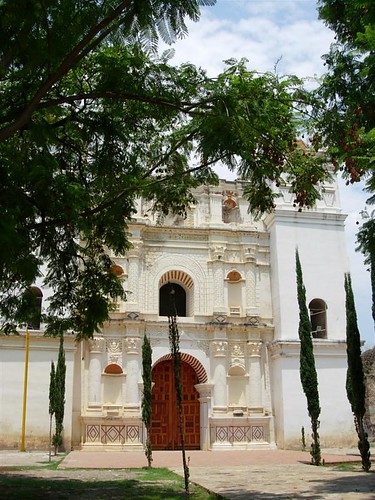LaTeX update
Thanks to all who offered LaTeX suggestions and alternatives. After downloading trial or demo versions of ScientificWord, MikTex with WinEdt, and MathType, I think I’m going to go with MathType and MSOffice.
Though I desperately want to be accepted by the cool methods crowd, I just can’t envision dedicating all that time to learn LaTeX. Yes, you send a powerful signal when all your papers are in LaTeX–“I am super stats person,” but it’s at the expense of hours of learning new code. And, I figure as a comparativist who does both quantitative (numbers) and qualitative (interviews, digging through archives) research, being completely fluent in Spanish, a beginner at Portuguese, and applying (frequentist) statistical methods to answer my research questions (no, I’ll never be a Bayesian, but at least I can admit that) should be enough.
[ASIDE in stage whisper: This last point is something I’ve thought about for a while. That is, it sure is much easier for Americanists in political science to become methodologists because they don’t have to become fluent in a foreign language and spend all that time moving back and forth between countries. (When I say methodologist, I mean those that develop or refine new or existing methods, rather than just using the existing toolbox.) They can stay in their offices and work. And sure, their foreign language is math. But, then is it really fair for them to look down their noses at comparativists who only do “applied” work?
Now, of course, not all methodologists only study American politics, nor do they all look down upon “applied” comparativists, and some probably do speak foreign languages or travel. Some also applaud our efforts to learn and apply statistical methods. But, there is always this undercurrent of disdain for the applied quantitative researchers, who try as they might, just can’t seem to estimate their models properly. My question for them, could they chat up a Mexican politician or bureaucrat in Spanish fluent enough to elicit and understand the subtext of the interview?]
Of course, I could “pose” as a methodologist if I want my department to shell out $550 in Tech Fee funds for ScientificWord. While it may seem like academic acceptance is cheap at that price, the time costs were still too high to search for and find and adapt good templates for what I want to do. It also seems that the TeX documents created by ScientificWord have a lot of unnecessary or non-functioning code, which can run amuck later if you start compiling with another shell. It would be a little like using FrontPage to design your website; you end up with lots of unnecessary code that eventually can muck up the whole effort.
I tried out the MathType demo, and it works really well with Word and PowerPoint. It also has lots of built in equations that I will need for my class slides. The key will be creating a keyboard short-cut in all my Office applications to open the add-in quickly. Then, I need to sort out some short-cuts for inserting certain symbols within MathType. I’m pretty good at customizing Office and using the keyboard short-cuts (using a mouse is so 1990s), so I think it will be a nice fit.
So, thanks, anonymous, for your suggestion, though I think I know who you are.






